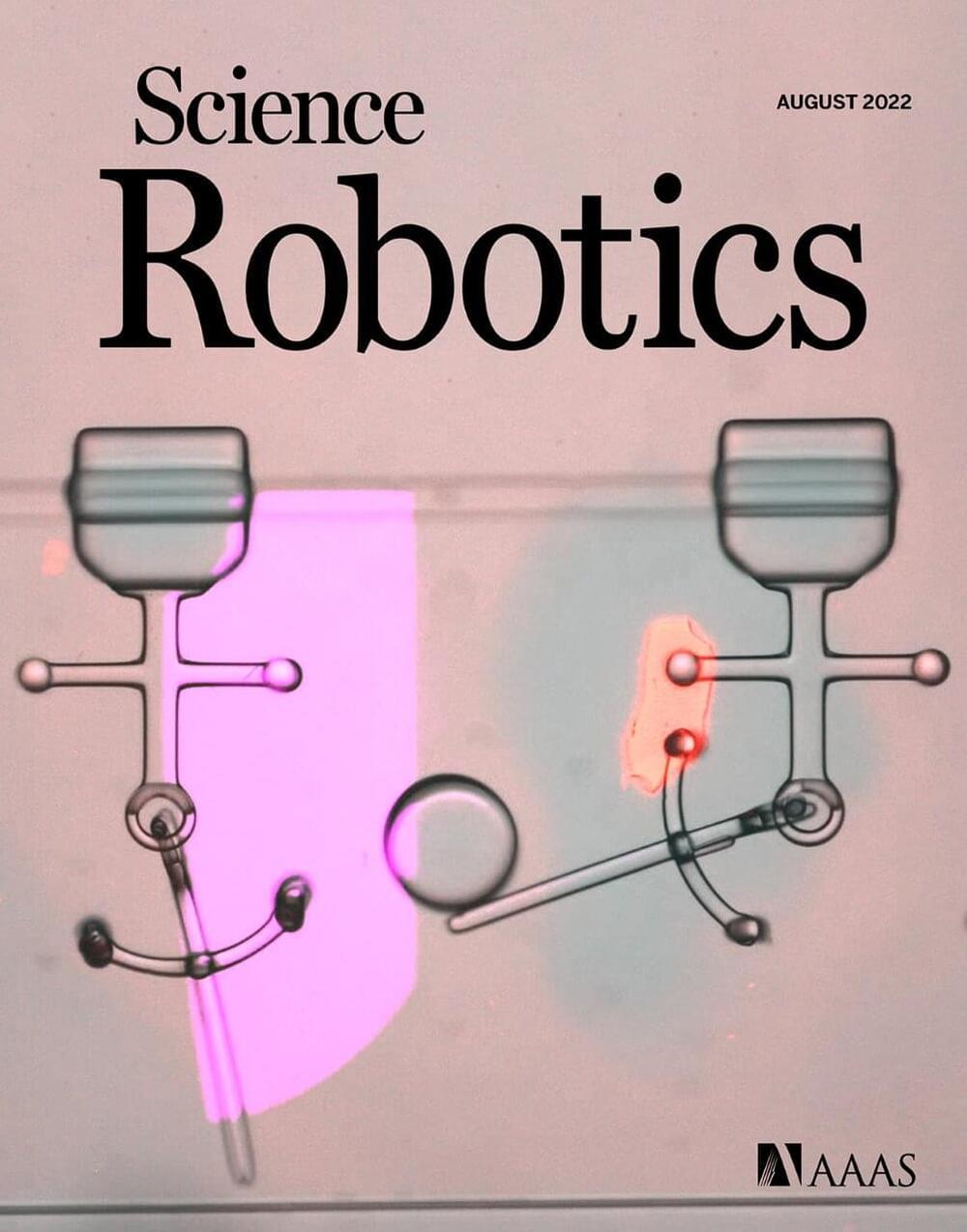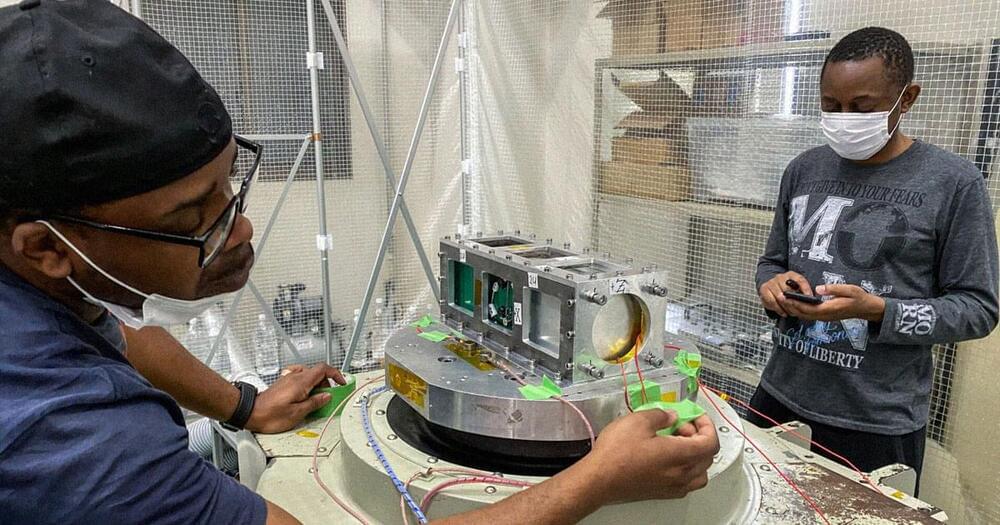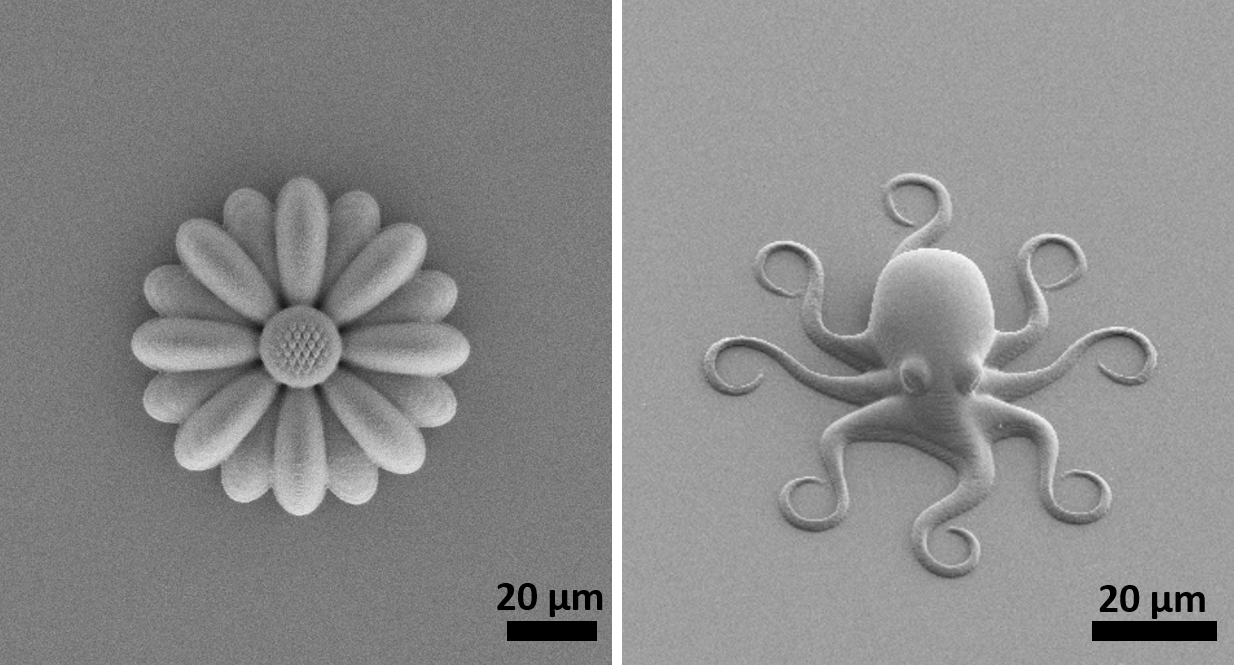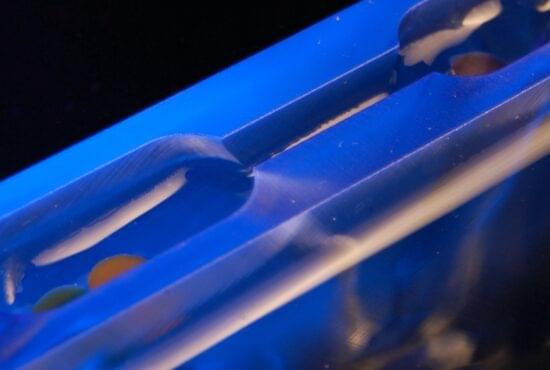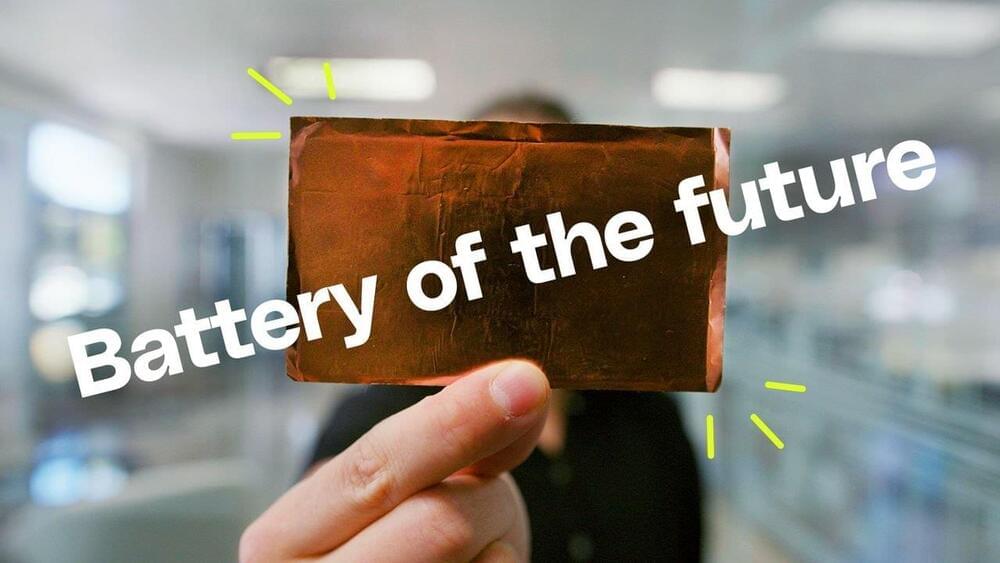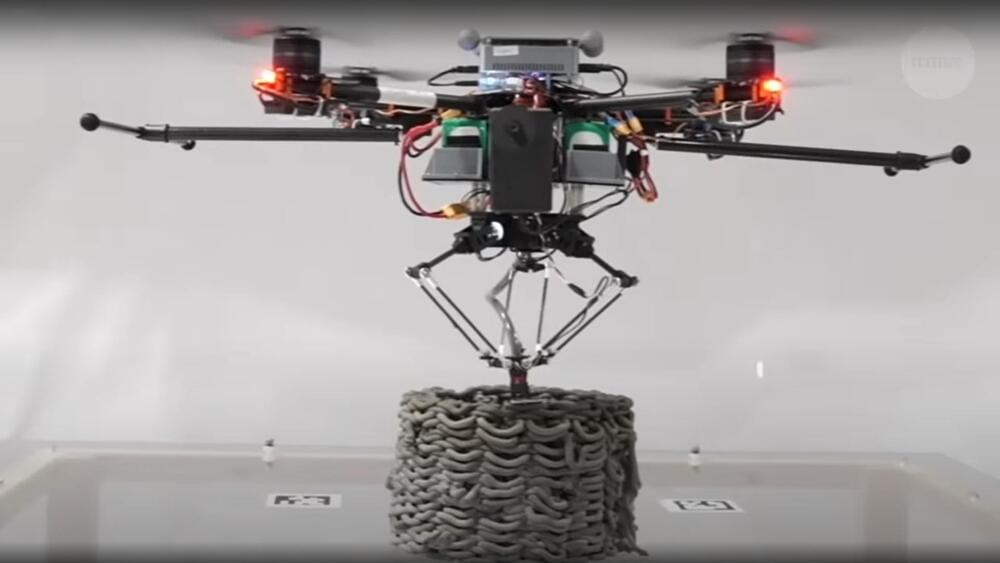Nov 17, 2022
3D-printing microrobots with multiple component modules inside a microfluidic chip
Posted by Jose Ruben Rodriguez Fuentes in categories: 3D printing, biotech/medical, chemistry, nanotechnology, robotics/AI
Scientists from the Department of Mechanical Engineering at Osaka University introduced a method for manufacturing complex microrobots driven by chemical energy using in situ integration. By 3D-printing and assembling the mechanical structures and actuators of microrobots inside a microfluidic chip, the resulting microrobots were able to perform desired functions, like moving or grasping. This work may help realize the vision of microsurgery performed by autonomous robots.
As medical technology advances, increasingly complicated surgeries that were once considered impossible have become reality. However, we are still far away from a promised future in which microrobots coursing through a patient’s body can perform procedures, such as microsurgery or cancer cell elimination.
